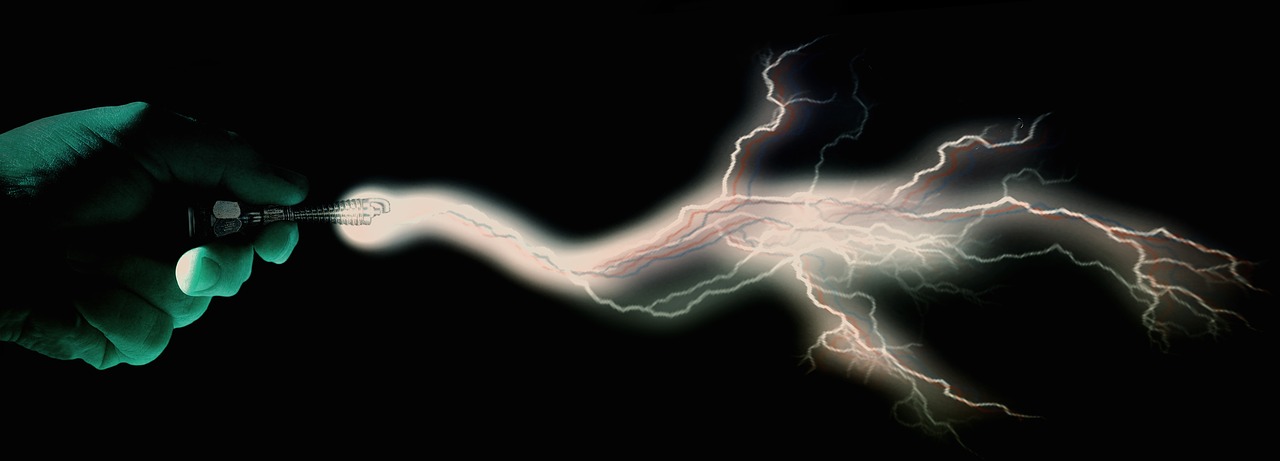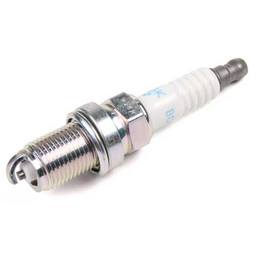In a conventional gasoline engine, it is essential not to overlook one of the most influential components on how your car runs; the spark plugs. A good set of spark plugs should be a priority in order to have the best mileage, power, and clean-burning efficiency out of your ride. Do you know that standard copper plug requires much more frequent changes than a platinum or iridium spark plug? That is to say, worn-out plugs will degrade engine performance more than any other single maintenance item, and as a result, it could potentially leave you stranded when the weather gets cold.

Before changing, however, it is important to know what type of plugs your car needs. This step can be overwhelming due to the sheer number of different plugs available. The first part of this will describe the difference between electrode materials, followed by a guide on finding your correct plug (using an NGK number as an example).
The most often asked questions regarding spark plugs are usually about electrode type, whether you want a platinum plug, iridium, or standard copper. Performance-wise, the material of the electrode will not have as much of an impact as other factors, such as gap or heat range. Before going into specifics, let’s quickly go over what the different metals will mean.

Copper, Iridium or Platinum Spark Plug?
Copper Spark Plug
A spark plug with a standard copper center and steel/nickel electrode will often result in the most potent spark (copper being a slightly better conductor than platinum or iridium), with a drastic trade-off in longevity. You should change a copper plug every 10k-30k miles.
Iridium Spark Plug
These plugs are the high middle ground, having a relatively powerful spark and extending service life out to the 40k-50k mile range. NGK Laser Iridium plugs offer an iridium center electrode tip with a platinum ground, extending this interval even further.

Platinum Spark Plug
A platinum electrode spark plug has the most extended service life and is becoming increasingly common in new cars due to this feature. The spark may be slightly weaker than copper or iridium, which is why some platinum plugs have more than one ground over the center electrode. Multi-ground plugs will have more sparking area, but be careful, as sometimes these extra grounds can cause a shielding effect, degrading performance. Service intervals for high-end platinum plugs could be as high as 100k miles!
Luckily, if you didn’t have your car modified, you can flip to your user manual to find the perfect plug to keep your engine running in peak performance, or feel free to contact customer service if you have any questions regarding what you need.
For instance, if you were to have a SAAB 9-5 with a 3.0t V6, the correct spark plug would be an NGK BKR7ES-11. Every part of that number has a specific meaning. Let’s decode it to get a greater understanding of how a spark plug works. If you do plan on modifying or have already modified your car, knowing how to select the right plug, can help you precisely tune for peak power and efficiency.
Spark Plug Decoder
- B – On this plug, the first character is a “B,” which is about the thread diameter; for instance, 14mm in this case. This is sometimes dropped, as in the case of the PFR6H-10 (the OEM plug for the SAAB 9-5 Aero). The leading character is a “P,” referencing its platinum electrode.

- K – The next character(s) show the construction of the spark plug, the “K” designates the size of the socket needed, 5/8” with a projected tip. Some engines require a recessed tip to clear the pistons, or in the case of a Wankel rotary engine, a surface discharge type of plug (“U” type; no protruding electrode at all) is specified for the apex seals to sweep past the plug. Almost all reciprocating IC engines will have a projected tip electrode.
- R – This is an extremely important digit, as it states that the plug is of resistor type. “R” type plugs have a resistor in the center conductor to dull down the RFI (Radio Frequency Interference) and EMI (ElectroMagnetic Interference) caused by the high voltage discharge. This is important, especially in SAAB Trionic engines, where the computer controlling ignition timing uses the plugs in place of a standard knock sensor to detect how the engine is running. In short, using a non-resistor type plug in an engine requiring an R plug could have the computer flying blind, resulting in abnormal/inefficient running, rough idle, hard starting, and misfires.
- 7 – This number states the spark plug heat range, on a scale of 2 (Hot) to 11 (Cold). The size of the ceramic insulator in the main threaded body of the plug determines the temperature of a plug. With smaller insulation, more heat will be transferred into the head, and the plug is cooler. For instance, if the plug is too hot for the application when the intake valve opens and sprays the air-fuel mixture into the combustion chamber, the plug can detonate the mix before the piston fully compresses due to the heat of the electrode alone. This is pre-detonation, knocking, or pinging, and it can degrade the performance of your car. In severe cases, engine damage can occur. A plug that is too cold for its engine type will fail to efficiently self-clean after ignition and will cause excessive carbon buildup, reducing spark intensity and overall efficiency.
- E – Simply put, this is the length of the actual thread, or “Thread Reach” measured from the seat to the electrode. It corresponds with the thickness of the cylinder head it is being screwed in to.
- S – This describes the firing end or electrode construction. This BKR7ES has an “S” type construction, which states it has a standard, single electrode.
- 11 – The number at the end of the NGK P/N’s is the spark plug electrode gap. A correct gap is critical and will certainly impact how your engine runs. Too large and the spark will have trouble jumping between electrode and ground. It can cause a failure to ignite and power degradation. This can result in unburned gasoline making its way into the exhaust and fouling your catalytic converter. Too small of a gap will result in a stronger spark. The spark can overheat up the tip of the plug and cause pre-ignition. You can use a spark plug gap tool to measure the gap between the center electrode and the ground. The electrode ground can be bent to the correct gap without breaking. The 11 in this part number means it is pre-gapped to 1.1mm, the gap specified for this car.

In conclusion, if your car is hesitating under power, getting crummy fuel mileage, suffering from carbon buildup, or generally running rough, and you haven’t replaced your spark plugs in a while, it’s a fantastic start. This article uses an NGK number explicitly for demonstration purposes because many European car manufacturers trust the high quality of their plugs for OEM applications. Here at eEuroparts, you can find a full line of NGK, Bosch, and Genuine OEM spark plugs to keep your car running right and your power delivery smooth.





Tell a little about Volvo type plugs with a coil in them, on them?